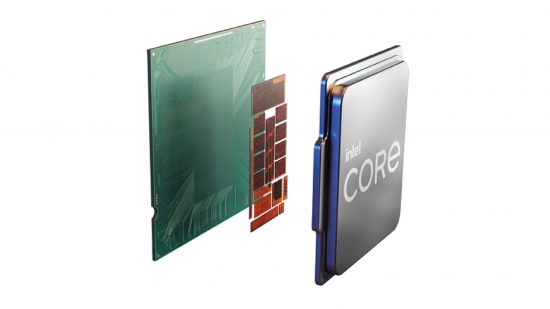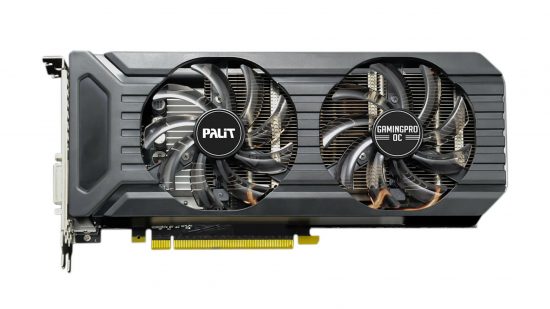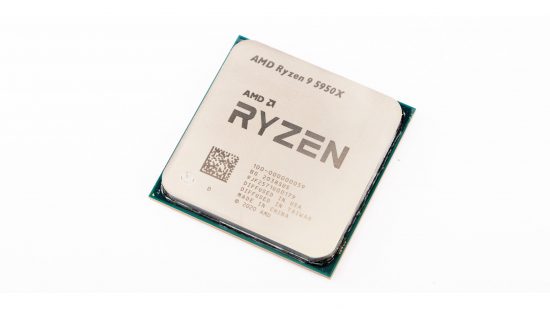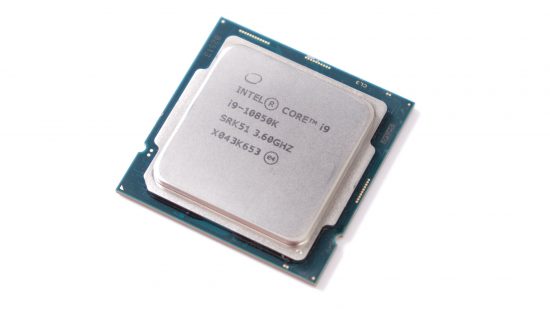I have a love-hate relationship with power efficiency. That might seem strange – after all, who would want a product that’s less efficient than or more power-hungry than a competing product? Most of my time as a PC enthusiast has been about beating the heat as well, which is why I love water cooling, enjoy testing cases that boost air cooling and got into PC modding in the first place.
However, there seems to be an unhealthy obsession with power efficiency among PC enthusiasts right now. Intel has had some bad press over the past few years because its CPUs are still made on a 14nm process. AMD got the same gibes when its CPUs drew too much power in the pre-Ryzen days.
Both AMD and Nvidia have also been subject to criticism for hot-running products that drew huge amounts of power from the wall. Nvidia’s Pascal cards – the likes of the GTX 1060 – were very power-efficient and so much so that they were some of the coolest-running, quietest modern graphics cards we’d ever seen.
You could cram them into cramped, tiny cases and they’d still be cool, yet they offered excellent gaming performance and board partners could afford to make tiny, short-PCB models due to low cooling requirements too.
For these reasons, the GTX 1060 has topped the Steam Hardware Survey charts for years, and its power efficiency made it desirable for cryptocurrency mining too. AMD’s comparably hot and power-inefficient Radeon RX 500-series GPUs struggled to compete here.
However, AMD’s Ryzen CPUs have performed a similar feat to Nvidia’s Pascal GPUs. Some of AMD’s 6-core and 8-core CPUs have been easily cooled, even with the reference coolers AMD provided, and water-cooling them was mostly pointless, especially at stock speed.
Moving to a 7nm manufacturing process has seen this trend continue, and you only have to look at AMD’s 12-core and 16-core Ryzen CPUs to appreciate the benefits of high power efficiency and resulting lower heat loads.
They’re leaps ahead of Intel’s equivalents here, which draw huge amounts more power and practically demand liquid cooling to get the most out of them. Of course, not having to worry too much about heat or power is good. It means fewer stability issues, worry-free summer heatwaves, less money spent on cooling and a slightly lower electricity bill.
While I’m an advocate of using less electricity to reduce emissions as well, a lot of the bad press over hot-running components and above-average power consumption does seem a little short-sighted. Some of the best components over the years haven’t been particularly power-frugal or cool-running.
Dealing with overclocked CPUs and hot summers was the reason I got into water cooling in the first place, and back then I didn’t give two hoots about whether my hardware was power-efficient, as long as it was fast and not impossible to cool with reasonable noise levels.
There’s a reason why we have such excellent cases and cooling hardware today as well – they’ve been honed over the past couple of decades to become better at dealing with heat and keeping our hardware cool.
However, if you look at any online social media thread, you’ll see people criticising products for being hot-running or drawing a lot of power. People will actively seek out alternatives, even if they’re more expensive or slower.
For me, PC hardware has always been about speed – I want my PC to be as fast as possible in games and content creation, and all other factors are secondary, subject to my bank balance of course. This attitude seems to be quite rare these days, especially in the face of rabid fanboyism.
The problem with the AMD vs Intel argument is that a lot of people will have been put off Intel CPUs when, at various times over the past few years, they’ve actually been just as good, if not better, than those of AMD.
Admittedly, this has mostly been in games, but dismissing a CPU because it uses a 14nm manufacturing process is just silly. Dropping to 7nm won’t improve your frame rates at all. A lower TDP won’t cut those Adobe Premiere export times.
As always, it’s important to find a balance. If a product fits your needs and is available for a fair price, plus reviews point at it simply needing a bit more grunt in the cooling department or a higher than average wattage on a PSU, that’s a small price to pay for a setup that will likely keep you entertained for years.
If you have a potent cooling system, why does a little extra heat matter anyway? For me, performance should always come first with power efficiency and thermals second, unless you’re on a mission to keep heat and noise to an absolute minimum.
Even then, underclocking hardware, which is very popular right now can really help to reduce power and heat loads.
At the moment, our concerns also include actually being able to buy the hardware you want, and if gaming is your main concern, Intel’s 10th and 11th-gen CPUs could well be better options than AMD’s Ryzen 9 CPUs in terms of availability and reasonable pricing.
If I were building a PC right now and needed a degree of multi-threaded grunt in addition to great gaming performance, I would of course opt for the Ryzen 9 5900X. But you can’t buy it and there will be plenty of people out there that would suggest opting for a lesser CPU such as the 6-core Ryzen 5 5600X instead. I would argue that the Core i9-10850K – which has ten cores – is a worthy alternative.
It offers significantly more multi-threaded grunt, it’s still fast in games and it’s surprisingly affordable. In fact, the Core i9-10850K costs just £375, while the Ryzen 5 5600X, if you can find it in stock right now, will set you back around £350.
If you want to save some money, Intel’s new Core i5-11600K offers a great deal for £259 inc VAT, and still has six cores and decent gaming performance. In short, get what’s best for you and your needs, not what the power numbers or fanboys say.



